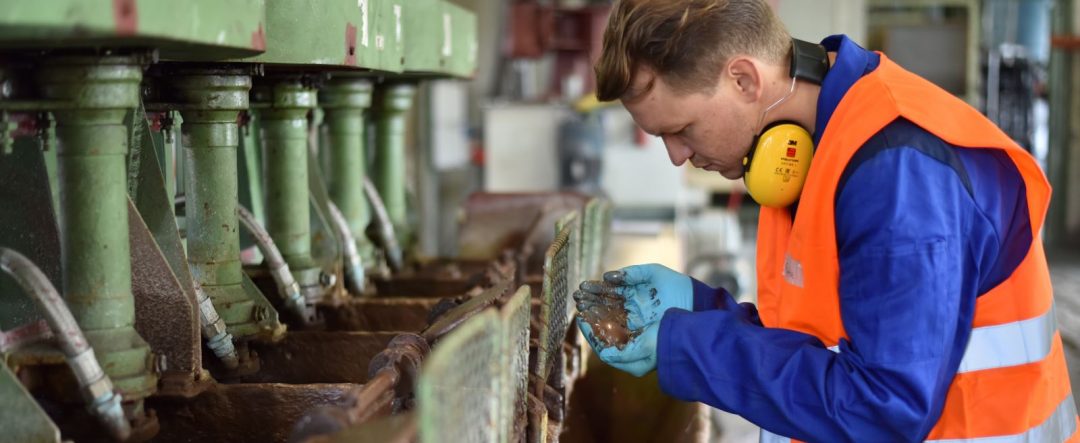Critical raw materials, such as copper, cobalt, and rare earth metals, are of strategic importance to the economy. However, the ore grain size of many of these metals in deposits are too small to be separated using the standard process of flotation. Therefore, in the three-year project FineFuture, a consortium of 16 partners from industry and science seek to explore fine particle flotation phenomena to develop new technological solutions for this process.
“The issue of raw materials can only be addressed at the European level,” emphasized Prof. Kerstin Eckert from the Helmholtz-Zentrum Dresden-Rossendorf (HZDR), which is coordinating the project. “With the consortium’s combined expertise, we have the chance to make substantial improvements in the yield and recovery rate.”
The FineFuture project involves cooperation between partners from a total of 11 countries; their aim is to combine progressive facility design and process innovations to achieve a 30% higher recovery rate. In addition, more efficient techniques involving fewer processing steps should reduce water and energy consumption, as well as minimize the discharge of chemicals to the environment.
“In the metals and minerals industry, froth flotation is the most important way of recovering valuable raw materials from ores,” explained Dr. Martin Rudolph from the Helmholtz Institute Freiberg for Resource Technology (HIF). “However, recovery of particles below 20 µm in size – which is less than half the thickness of a human hair – is beyond the capabilities of current flotation technologies.”
Research undertaken by the 9 academic project partners mainly focuses on developing a better understanding of the mechanisms and microprocesses involved in fine particle flotation: 2 of the 9 work packages concentrate on the physico-chemical and hydrodynamic aspects of processing. Kerstin Eckert’s team and colleagues from the Department of Computational Fluid Dynamics, as well as a research group led by Martin Rudolph at HZDR, are working to improve the yield of fine particle flotation. Using model experiments, newly developed measurement methods and computer simulations, they are investigating flow conditions in the flotation bath, which cannot be seen from the outside, and how particles, fluids, and gas bubbles interact.
The partners hope that their research results will enable them to derive approaches, such as innovative hydrodynamic concepts, that can be used to increase the probability of bubbles colliding with fine particles. This is where the know-how and technology of flotation cell manufacturers comes in. The researchers want to exploit insights into interface interactions to improve the adhesion of ultrafine valuable particles to the gas bubbles by optimizing reagents. The newly developed technologies will then be tested and optimized in simulated environments, in the laboratory, and in pilot plants.

















